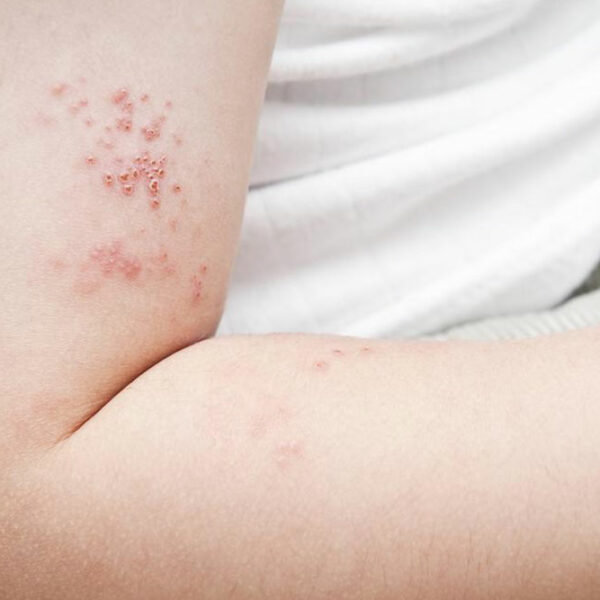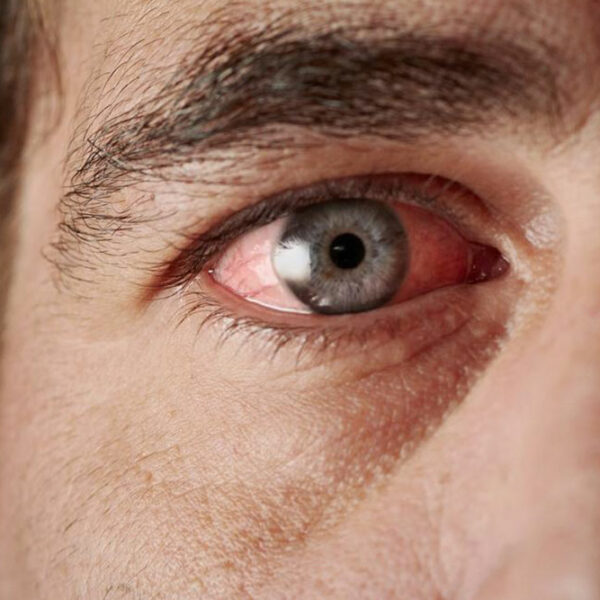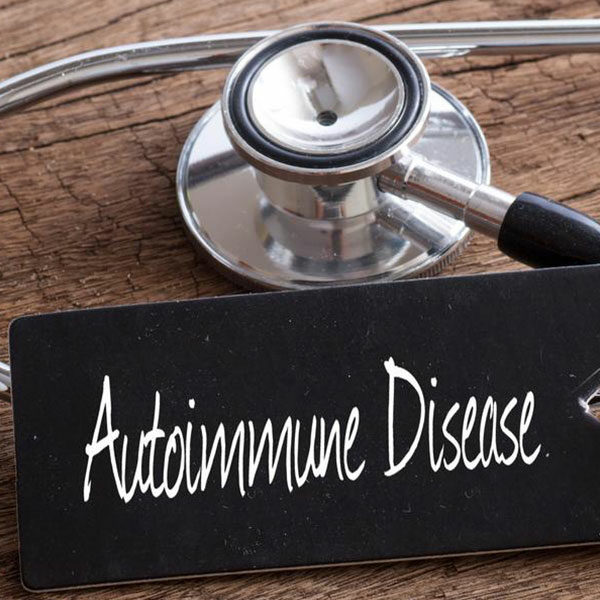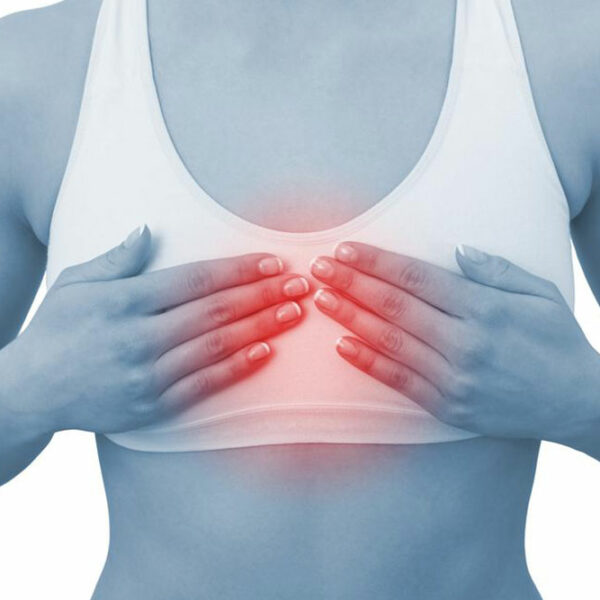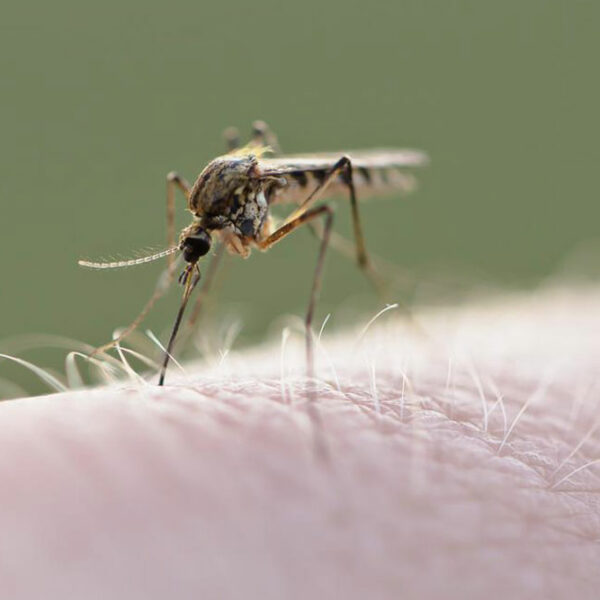
Got an insect bite? Here’s how you can identify it
Usually, insects and bugs will bite or sting when they are provoked. For example, spiders, bees, wasps attack when they are disturbed. On the other hand, bites from other insects such as bed bugs, mosquitoes, ants, fleas and so on can catch you unaware. In either case, you need immediate first aid to prevent the insect bite from causing any infection or a serious health hazard. Identifying the insect bites is the first step towards treating them. Once the symptoms of insect bite have been identified, it becomes easy to know what remedy can be applied to alleviate the discomfort caused by the bite. Here is a list a few common symptoms for easy insect bite identification. Check these symptoms and consult a doctor for identifying insect bites and get immediate medical attention. Bed bugs bite: If you want to know what do bed bug bites look like, you can look for photos of bed bug bites. Physical symptoms such as swollen red skin with a dark center with bites appearing in groups or a line would be quite evident from the pictures; bed bug bites photos that are available online would be one of the easiest ways to identify whether the bite is a bed bug bite or not.



